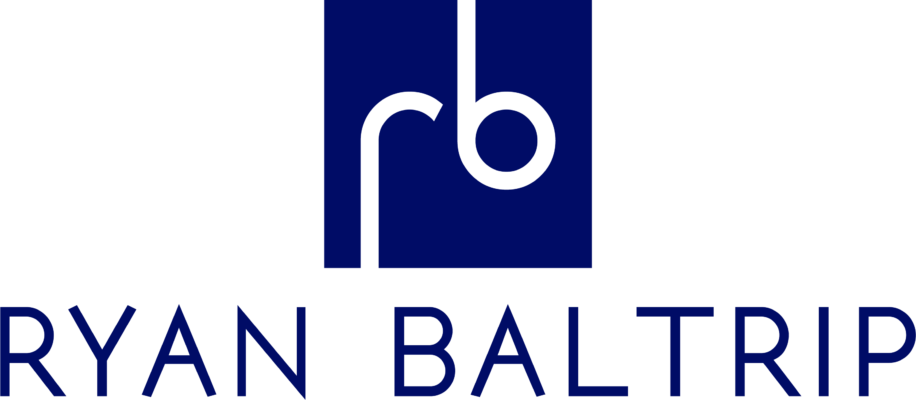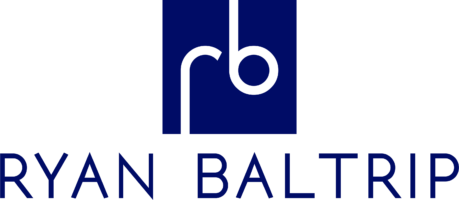Building an Effective Online Program Marketing Budget for Higher Education
In today's competitive online learning landscape, a strategic marketing budget is essential for attracting qualified students to your institution's programs. But where do you begin? This blog post explores the key elements to consider when crafting an online program marketing budget for higher education, drawing on insights from a sample budget. 1. Identifying Your Target Audience Program Specific: Tailor your marketing strategy to the unique needs and interests of prospective students for each program. Consider Demographics: Age, location, professional background, and interests will all influence how you reach potential students. 2. Marketing Channels Organic Search Engine Optimization (SEO): Optimize your program's webpages to rank higher in search results for relevant keywords. This is an ongoing, cost-effective strategy. Paid Search Engine Marketing (SEM): Consider targeted pay-per-click (PPC) ads to drive qualified traffic to your program's landing page. Social Media Marketing: Utilize targeted social media campaigns to connect with prospective students on the platforms they frequent most. Content Marketing: Create high-quality content (blog posts, articles, infographics, videos) that addresses your target audience's pain points and interests. Email Marketing: Targeted email campaigns nurture leads and keep your program top-of-mind for potential students. 3. Budget Allocation Considerations The sample budget shows a significant allocation towards Program Bundle 1 marketing compared to Program Bundle 2. This might reflect factors like the enrollment goals, target audience size, or competitive landscape for each program. Balance Long-Term vs. Short-Term Strategies: Invest in some ongoing SEO and content creation for long-term organic traffic, while also budgeting for immediate impact through targeted ads or social media campaigns. 4. Track and Analyze Monitor the performance of your marketing efforts across different channels. Use website analytics tools to see which channels deliver the most qualified leads and conversions. Be prepared to adjust your budget allocation based on data insights to optimize your return on investment (ROI). A Sample Budget Breakdown The [...]



